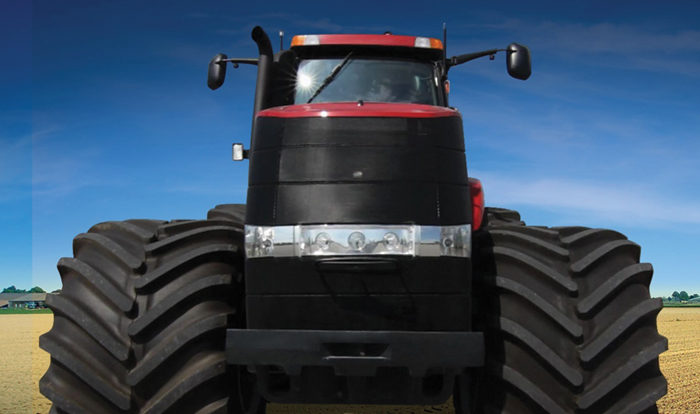No-Till Farmer
Get full access NOW to the most comprehensive, powerful and easy-to-use online resource for no-tillage practices. Just one good idea will pay for your subscription hundreds of times over.

Ask major players in the ag industry what’s driving tire design for North America and three themes pop up immediately: soil compaction, stubble damage and the increasing size of farm equipment.
Farmers want tires that help them reduce compaction and stand up to stubble in corn fields populated with jagged stalks produced by high-yielding, genetically modified hybrids.
Meanwhile, farm-equipment makers are responding to grower demands for larger (and therefore heavier) equipment to farm more land more efficiently — which is requiring tire manufacturers to design tires 5 to 10 years in advance.
“Farmers once looked almost exclusively for high-traction tires,” says Piero Mancinelli, head of Trelleborg’s worldwide forestry and farm tires research-and-development efforts. “But now, they’re looking for a larger footprint to provide both traction and flotation for less soil compaction.
“The fact that farmers in North America are rapidly becoming more professional is evident in their obvious interest in maintaining the sustainability of their fields. They’re asking more and more about a tire’s performance — including its effect on soil compaction. The tire is where we engage the soil, and it has to be compatible with the goal of maintaining a long-term, growing and profitable business.”
Over the past 10 years, tire makers have moved quickly to begin producing IF (increased flexion) and VF (very high flexion) radial tires designed with sidewalls that flex more than traditional radial tires under load without damaging the tire. This flexing allows the tire’s foot print to extend forward and backward…